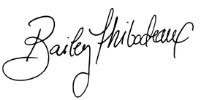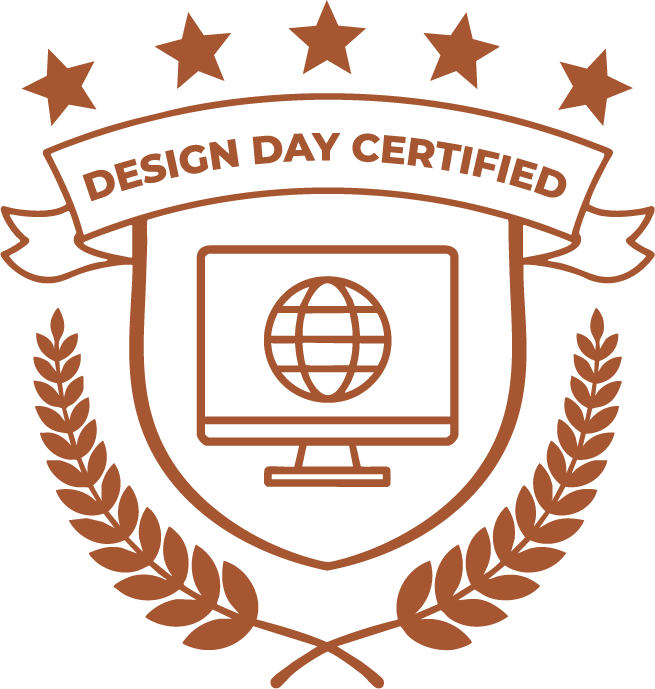
As many of you have already discovered, I am a brand and website designer. I work specifically with creative entrepreneurs looking to make a statement and stand out from the crowd. Through my experience, I have discovered the importance of having functional systems established to organize all business processes, especially the design process.
Today I will be sharing with you my exact brand design process. Whether you are a designer or a business owner looking to build a powerful brand, this process guide should help you discover the most effective way to build a brand that drives engagement and revenue from your target audience.
(Pro Tip: In this process, I utilize Dubsado to send proposals, contracts, and invoices. You can access my Dubsado discount link is here. I also use Trello to facilitate communication and keep the process organized and easy-to-follow.)
Step 1: Creative Brief
The first step to any brand design process is defining exactly what your business is trying to accomplish with the brand design. I send my clients a creative discovery questionnaire asking questions, such as:
What are your goals?
Where are you trying to be in 10 years?
What does success with this project look like to you?
Who is your target market?
What is your design style?
How are you envisioning your brand to look?
The answers to these questions are essential when designing a brand to successfully exhibit who you are, what you do, and how you want people to feel when interacting with you.
Step 2: Making a Pinterest Mood Board
This next step is a fun one. I get my clients to dive deep into Pinterest and start pinning inspiration. I have them make a Pinterest board for their new brand and take some time to scour Pinterest for brand design inspiration.
If you want more info on how creating a helpful brand mood board using Pinterest, you can check out my blog post on it here.
Once you have a vast amount of inspiration graphics to choose from, I go through the Pinterest board and find patterns. For example, I might notice a large number of florals or natural textures in the design. Perhaps, there will be patterns in color or form that I will pick up on. The goal is to find patterns and similarities to combine and create one, dynamic and cohesive brand design.
Step 3: Mood Boards + Creative Direction
After finishing the Pinterest mood board, I begin making customized brand mood boards, combining the different structural and design elements found in the Pinterest brand board. I usually develop three, sometimes four, potential mood boards with varying design elements for clients to choose from. These mood boards are made with the Pinterest images and give three different directions the brand design can follow.
Along with these brand mood boards, I also develop a creative direction. The creative direction gives a list of “vibe keywords” and potential executions for each mood board option. “Vibe keywords” are a list of words reflecting the values and tone of the brand. Potential executions are a list of examples and ways the brand elements would be brought to life in the final brand design.
The business owner then gives feedback on the mood boards and chooses a brand creative direction to pursue.
Step 4: Main Asset Design
After the creative direction is selected, I begin designing the main logo, color palette, and type suite for the brand. I create three separate brand suites to give three design options to choose from. Doing this allows the business owner to see how the brand would be brought to life and gives them a clear idea of what aligns most with their vision.
Step 5: Finalizing The Design
After delivering the three differing brand design options, I ask the business owner for feedback. Their feedback will determine what edits are made to the brand suite. I then review and edit the brand design options to give three more options more aligned with the desired brand vision.
I send the revised brand options to the client one last time and make a final brand design presentation to showcase the design elements utilized in real-life settings. The final files are delivered to the business owner, and the brand design process is completed!
The only thing left is to watch as the newly designed brand gets brought to life and is used to drive engagement and revenue by the business. Until next time, friends…
Upward and Onward,

Bailey Thibodeaux
Founder of Honeywave Creative


